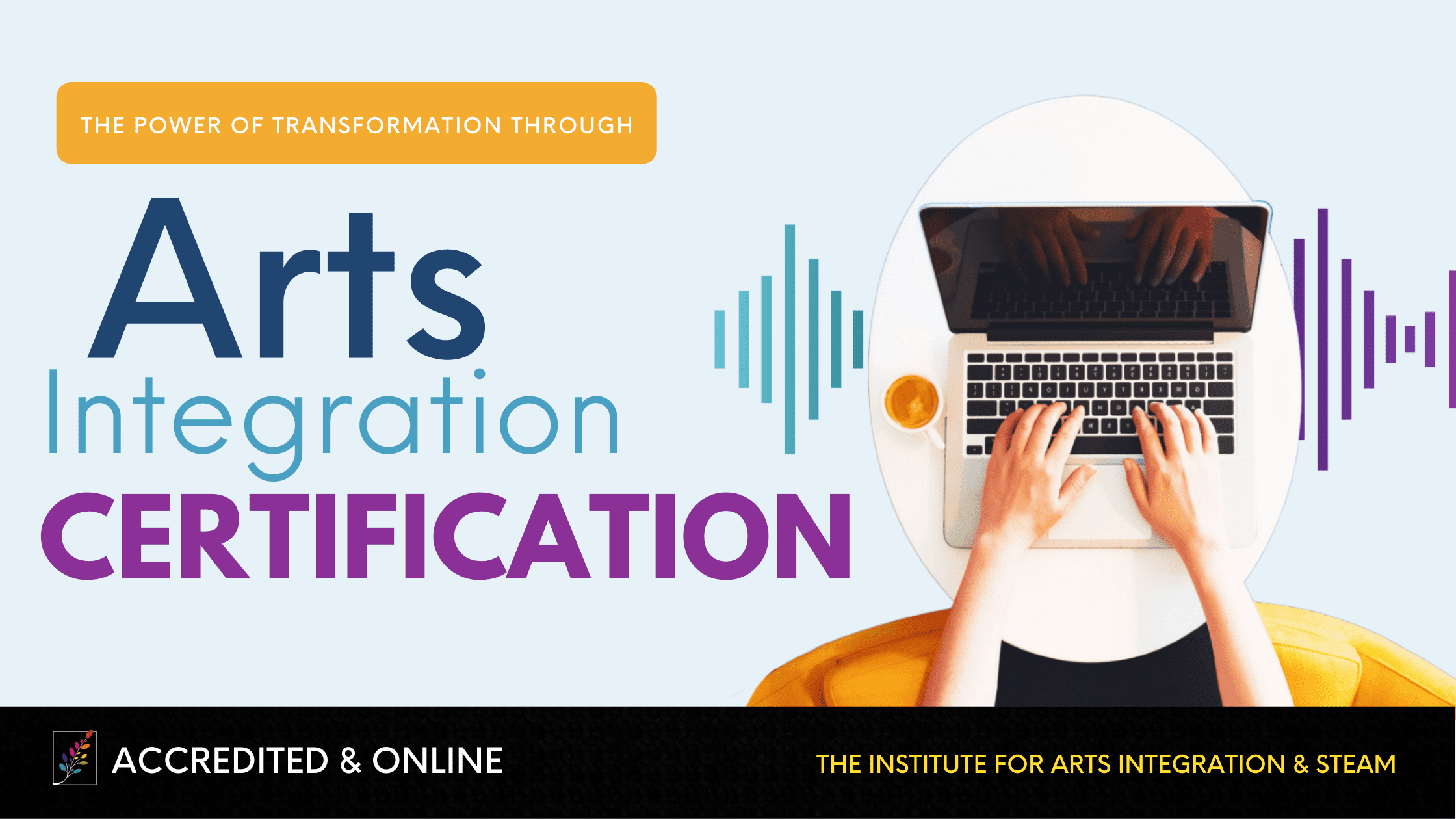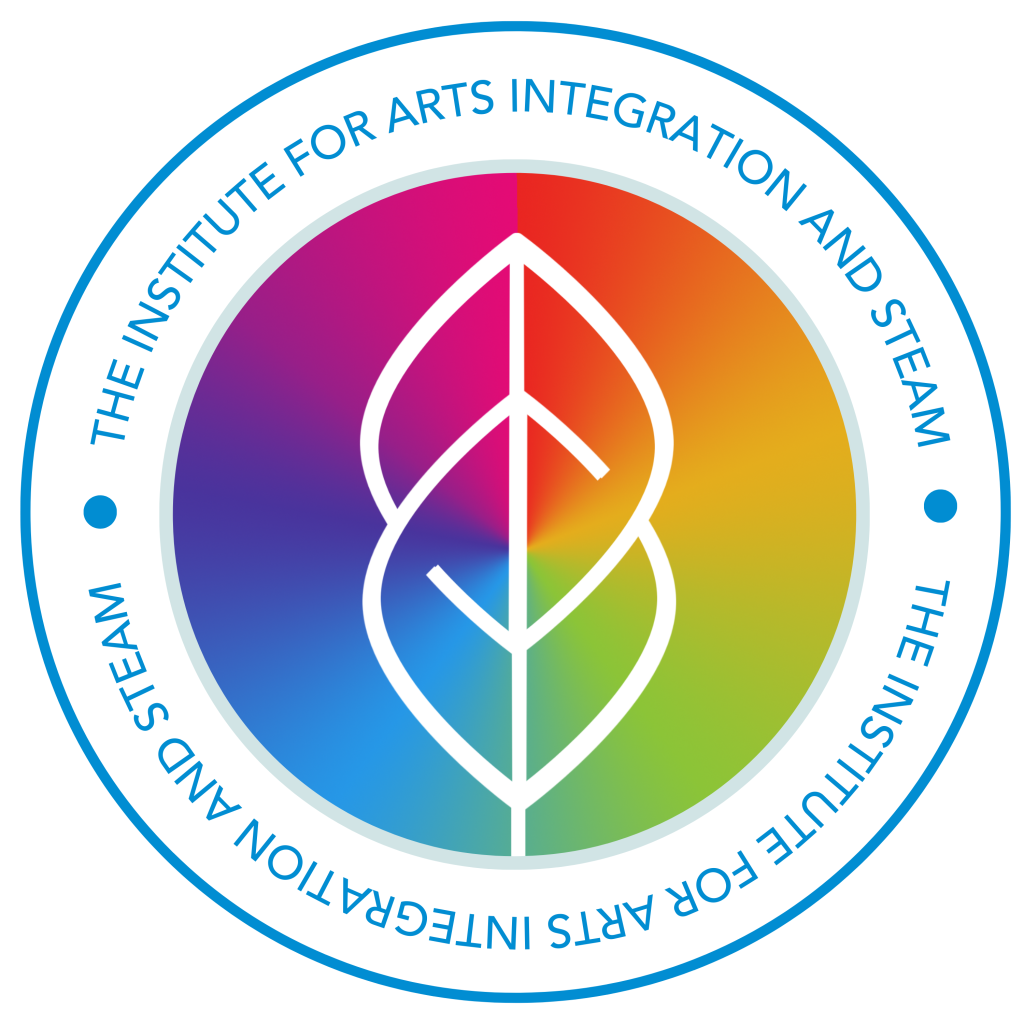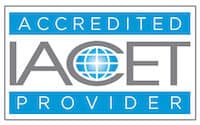Susan Riley | May 2013
More than a Special: Connecting the Arts with Special Education
Ben was a genius.
He could play any melody back to you on any instrument in my classroom without a minute of practice. His whole body transformed when he listened to a piece of music. He was alive with a sense of purpose and joy. From the moment he entered my 3rd grade music class to the moment he left, it seemed as if he was meant to live in that 30 minutes. He also scored below 60 on his IQ test. I have had many "Ben's" in my career and while their needs may be different, the common thread of the arts still remain. The arts can provide a powerful connection for many special education students because it speaks to them in an area of their brain that "traditional" education can't seem to reach. Maybe that's why Arts Integration has such a big impact on special education students.
It provides these students with a way to express themselves that they otherwise wouldn't be able to access. What an incredible opportunity to connect with these students!
And it's not just for students with more severe needs like Ben.
It can also be a wonderful way to help students with IEP's and 504 plans to build a bridge between assistance and independence. I tell the story of Carrie to many groups, but mostly to remind myself not to let these opportunities pass us by either. Carrie was one of my 5th grade music students who wanted to audition for the spring musical. She auditioned for the lead role and I was blown away. She was incredible! Her acting skills should have won her an Academy Award and the way she spoke her lines was flawless. Of course, I instantly gave her the role.
Later that week, her classroom teacher came to me and said (not unkindly) that Carrie wouldn't be able to adequately fulfill the role. When I asked her why, she explained that Carrie couldn't read. She was reading on a 2nd grade level, had an IEP, and there was no way that she would be able to memorize an entire script. She advised me to think about putting in her understudy instead. I couldn't understand how this was possible.
This girl was fantastic…but she couldn't read?
I called her mother, who was a single working mom, and we devised a plan. Carrie would run her lines with her mom in the evening and she would come in during recess with me once a month to practice. She committed herself to this process for over 12 weeks. And by the night of the show, she received a standing ovation from everyone in the room for her performance, including her classroom teacher and I. Carrie is now attending college and acts in plays and musicals on campus. She was able to "plug-in" and bridge the gap, partly because she had an outlet through the arts.
Making Education Equitable
It is often times said that the arts teachers are the "specials" in a building, as if they are the outsiders or as if they have needs no one else has. I believe that our arts teachers are special in that they are the ones who can nurture and provide a joyful, creative outlet for all students, making education equitable for ALL.



